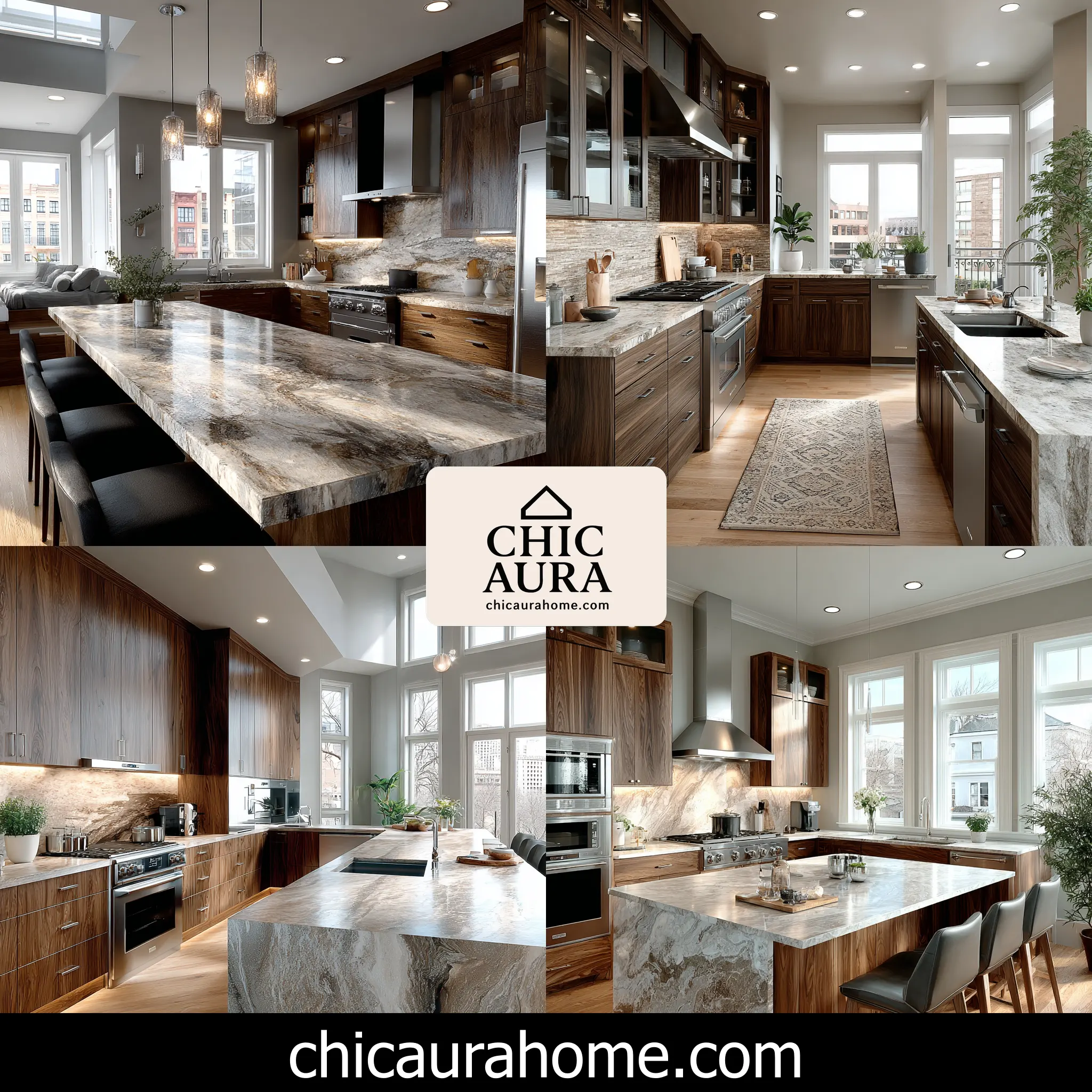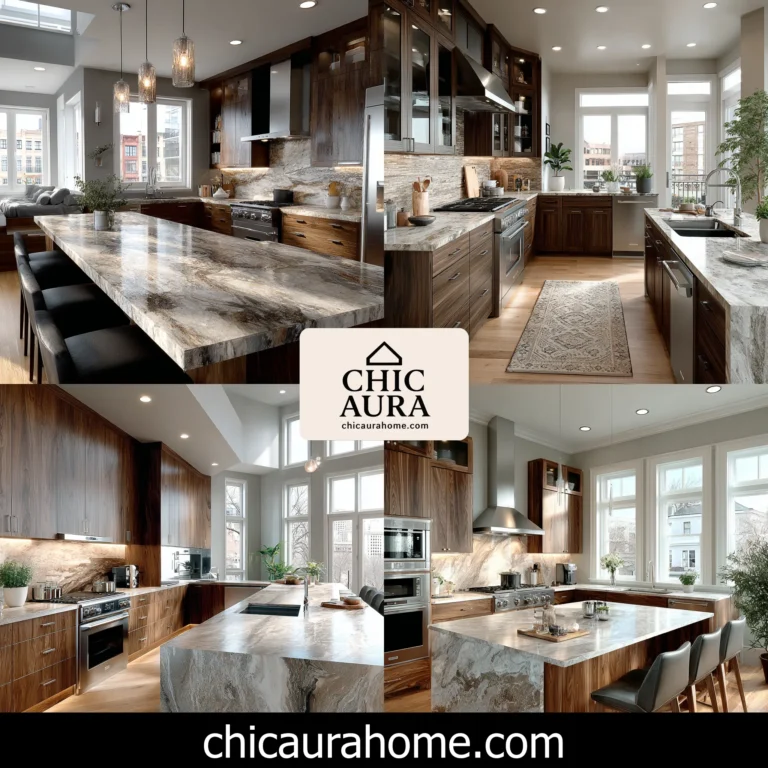
Wooden kitchen cabinets have long been a staple in homes around the world, offering a blend of durability, aesthetic appeal, and timeless charm. Whether you’re renovating your kitchen or building a new home, the choice of cabinets can significantly impact the overall look and functionality of your space. Wooden cabinets, in particular, stand out for their natural beauty and versatility, fitting seamlessly into both traditional and modern designs. However, they’re not without their drawbacks, such as higher maintenance requirements and cost. This article delves deep into the world of wooden kitchen cabinets, exploring their benefits, potential downsides, and everything in between to help you make an informed decision for your kitchen.
The Timeless Appeal of Wooden Kitchen Cabinets
Wooden kitchen cabinets bring a warm, natural element to any kitchen, creating a cozy and inviting atmosphere. Available in a variety of woods like oak, maple, and cherry, each type offers unique grains and colors, allowing for customization to match any decor style. Beyond aesthetics, wood is incredibly durable, capable of withstanding the wear and tear of daily kitchen activities. Properly maintained, wooden cabinets can last for decades, making them a worthwhile investment for homeowners seeking longevity and style in their kitchen design.
Maintenance and Care for Wooden Kitchen Cabinets
While wooden kitchen cabinets are durable, they do require regular maintenance to preserve their beauty and functionality. Exposure to moisture and heat can cause wood to warp or fade over time, necessitating periodic sealing or painting. Cleaning wooden cabinets with the right products is also crucial to avoid damage. For those willing to put in the effort, the payoff is a kitchen that ages gracefully, with wood developing a rich patina over the years. However, for those seeking low-maintenance options, alternative materials might be more appealing.
Comparing Wooden Kitchen Cabinets to Other Materials
When deciding on kitchen cabinets, it's essential to compare wooden options with other materials like laminate, metal, or thermofoil. Wood offers unmatched natural beauty and the ability to refinish surfaces, a feature not available with many synthetic materials. However, alternatives often come at a lower cost and require less upkeep, making them suitable for budget-conscious or busy homeowners. Ultimately, the choice depends on personal preferences, budget, and lifestyle, with wooden cabinets representing a premium option for those valuing aesthetics and durability.
Conclusion
Wooden kitchen cabinets offer a unique combination of beauty, durability, and timeless appeal, making them a popular choice among homeowners. While they require a bit more care and investment compared to other materials, the payoff in terms of aesthetics and longevity can be well worth it. As kitchen designs continue to evolve, wooden cabinets remain a versatile option, adaptable to various styles from rustic to contemporary. For those considering wooden cabinets, weighing the pros and cons carefully will ensure a decision that aligns with your home's needs and your personal taste. Looking ahead, the trend towards sustainable and eco-friendly materials may further cement wood's position as a preferred choice for kitchen cabinets.
Frequently Asked Questions
Q: How often should wooden kitchen cabinets be refinished?
The frequency depends on the cabinet's exposure to wear and tear, but generally, wooden cabinets may need refinishing every 5 to 10 years to maintain their appearance and protection.
Q: Can wooden kitchen cabinets be painted?
Yes, wooden cabinets can be painted, offering a great way to refresh your kitchen's look. Proper preparation, including sanding and priming, is essential for a durable finish.
Q: Are wooden kitchen cabinets environmentally friendly?
Wooden cabinets can be eco-friendly, especially if made from sustainably sourced wood. Look for certifications like FSC (Forest Stewardship Council) to ensure responsible sourcing.

